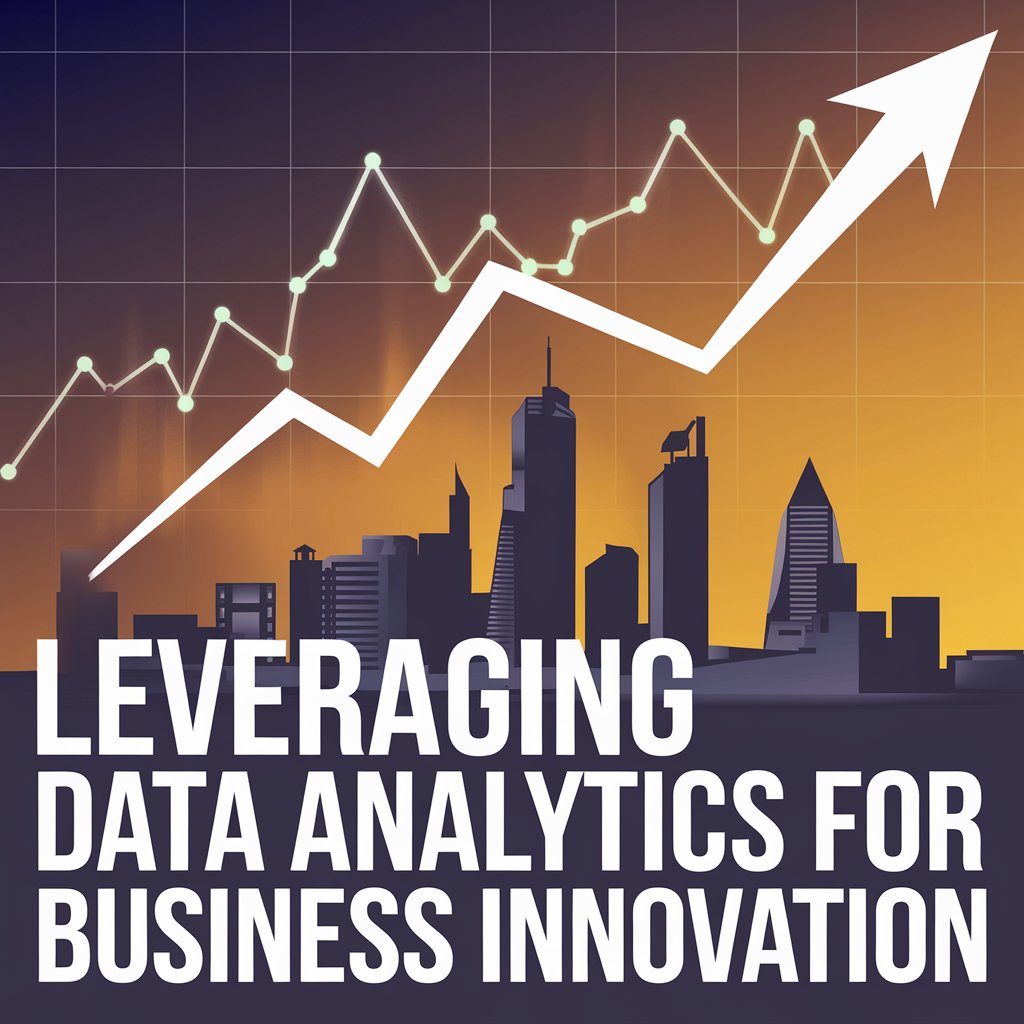In today’s digital age, data has emerged as one of the most valuable assets for businesses across industries. Leveraging data analytics for business innovation enables companies to make informed decisions, drive efficiency, and create new value propositions. By analyzing vast amounts of structured and unstructured data, businesses can gain insights into customer behavior, market trends, operational efficiency, and more. This process not only enhances decision-making but also fosters innovation across products, services, and business models.
How Data Analytics Drives Innovation:
- Understanding Customer Behavior: By analyzing customer data, businesses can identify patterns in buying habits, preferences, and pain points. This helps companies personalize their offerings, enhance customer experiences, and create tailored marketing strategies. For instance, e-commerce platforms use data analytics to recommend products based on previous purchases or browsing history.
- Operational Efficiency: Data analytics allows businesses to optimize their operations by identifying bottlenecks and inefficiencies. Predictive analytics, for example, can forecast demand, optimize supply chains, and reduce downtime in production processes. This leads to cost savings and improved productivity.
- Product and Service Development: With insights derived from data analytics, businesses can develop new products or improve existing ones. Data-driven innovation enables companies to understand what features customers value most, how they interact with products, and which improvements are necessary. This can lead to the development of cutting-edge products that meet market demands more effectively.
- Risk Management: Data analytics can help businesses assess risks more accurately by analyzing historical data and predicting potential future challenges. This is particularly relevant in industries like finance, where predictive models can assess credit risks, market volatility, and fraud detection.
- Competitive Advantage: By leveraging data insights, businesses can stay ahead of their competitors. Data-driven decision-making allows companies to adapt quickly to changing market conditions, respond to customer needs faster, and identify opportunities before competitors do.
Key Technologies Powering Data Analytics Innovation:
- Artificial Intelligence (AI) and Machine Learning (ML): AI and ML algorithms enable businesses to analyze large datasets at unprecedented speed and accuracy. These technologies can identify patterns, predict future trends, and automate complex tasks, driving innovation in various domains, from customer service chatbots to predictive maintenance in manufacturing.
- Big Data Platforms: Big data technologies like Hadoop and Apache Spark allow businesses to process massive amounts of data quickly and efficiently. This capability is crucial for companies dealing with large-scale data, such as social media platforms, e-commerce giants, and financial institutions.
- Cloud Computing: The scalability and flexibility of cloud computing have made it easier for businesses to store, process, and analyze data without the need for heavy infrastructure investments. Cloud platforms provide access to advanced data analytics tools, making innovation more accessible to organizations of all sizes.
- Internet of Things (IoT): IoT devices generate vast amounts of real-time data. By analyzing this data, businesses can monitor equipment, track assets, and improve decision-making in real-time. IoT data analytics is transforming industries like healthcare, manufacturing, and logistics by enabling predictive maintenance and real-time monitoring.
FAQs:
1. What is data analytics in business innovation? Data analytics involves analyzing raw data to uncover patterns, trends, and insights that can drive business innovation. This process helps organizations develop new products, improve operations, and gain a competitive edge.
2. How can small businesses leverage data analytics for innovation? Small businesses can start by analyzing customer feedback, website traffic, and sales data to gain insights into customer behavior and market trends. Cloud-based analytics tools and platforms make it affordable for small businesses to harness the power of data.
3. How do AI and machine learning contribute to business innovation through data analytics? AI and machine learning help businesses process and analyze large datasets more effectively, identify hidden patterns, predict future outcomes, and automate tasks. This drives innovation by improving decision-making and operational efficiency.
4. How can data analytics improve customer experiences? By analyzing customer data, businesses can create personalized experiences, tailor products and services to individual needs, and provide better customer support. This leads to higher customer satisfaction and loyalty.
5. What industries benefit the most from data analytics for innovation? Industries like retail, finance, healthcare, manufacturing, and technology are among those that benefit the most from data analytics. However, virtually any industry can leverage data to drive innovation and improve outcomes.
Conclusion:
Data analytics is no longer just a tool for enhancing business operations; it has become a critical driver of innovation. By harnessing the power of data, businesses can gain deeper insights into their customers, streamline operations, and stay competitive in a rapidly evolving market. As data-driven technologies like AI, machine learning, and IoT continue to advance, the potential for innovation through data analytics will only grow. For companies that embrace these trends, the future holds limitless possibilities for growth and transformation.
